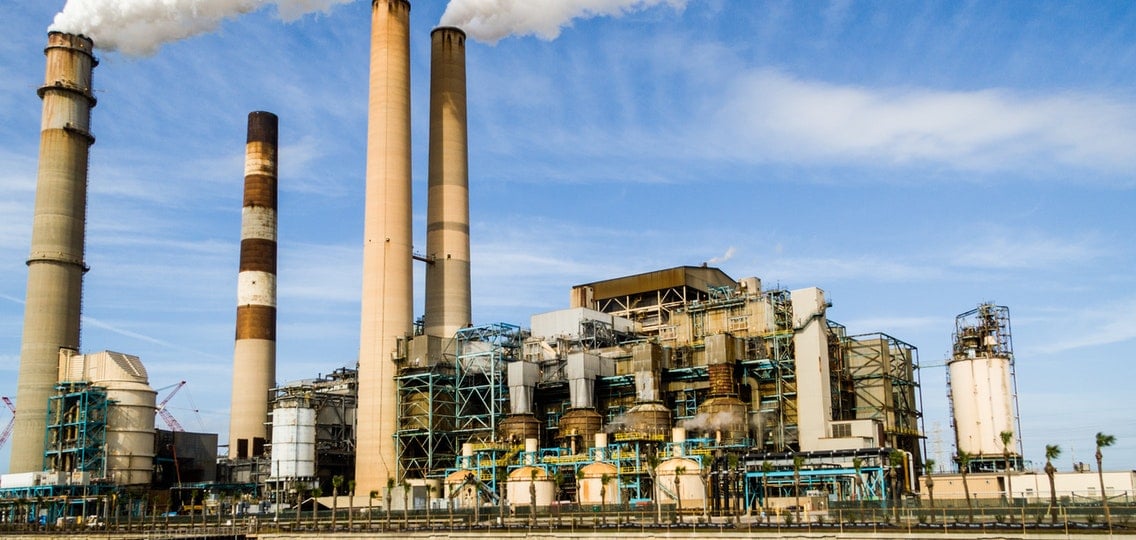Toxic pollution and exposure to dangerous chemicals impact people across Canada, but Black, Indigenous, and people of colour (BIPOC) and those with a lower income often suffer the worst effects of that toxic legacy. A colonial and inherently racist system of laws that facilitate opaque, inequitable decision-making, compounded over time, have resulted in these communities being disproportionately impacted by pollutants that spew from industrial plants, abandoned oil and gas wells and toxic dumps, and by the destruction of habitat and cultural sites from mining, pipelines and dams. This is what environmental racism and injustice looks like in Canada.
Events during the past year have shone a light on the systemic racism BIPOC communities are subject to and endure every day. The harmful impact of pollution, exposure to hazardous chemicals, industry abuse and government neglect must also be part of those conversations.
Yet Canada has no legal foundation to identify, examine or assess the impact of environmental pollution on racialized and low-income communities; to the detriment of these communities, who suffer from the devastating health, social and cultural impacts of pollution and are silenced.
Biden and environmental justice
Communities in the United States have also suffered from toxic pollution and environmental racism. However, the U.S. is years ahead in its approach to environmental justice. In 1994, the Clinton administration signed an executive order requiring federal agencies to collect data on the impact of pollution on vulnerable populations. The order required federal agencies to consider the fair treatment of these communities in decisions ranging from the regulation of pesticides to the prosecution of polluters.
Now the Biden administration has made environmental justice a pillar of its political agenda. It has committed to forming a White House Environmental Justice Interagency Council and a White House Environmental Justice Advisory Council as part of a revamped Environmental Protection Agency.
The councils share a mandate to address ongoing and historical environmental injustices in the U.S. That includes finding exactly how much pollution racialized and low-income communities are exposed to and taking steps to address this injustice.
The U.S. government grounded this policy shift in law by introducing the Environmental Justice for All Act (Harris Bill). This legislation prohibits disparate impacts of environmental pollution on the basis of race, colour or nation of origin. It also allows for individuals and communities who have endured environmental racism to seek legal remedy.
Environmental racism in Canada
The federal government has failed to take action to tackle the systemic racism and injustice of environmental laws and is far behind the United States.
Communities across Canada know too well the devastating impacts of environmental racism and the failure of successive governments at all levels to adequately address this harm.
Just last week, Canada’s Auditor General highlighted the water crisis experienced by First Nations. In an audit report she found that many First Nations will continue to be without access to clean water without long-term solutions to address deficiencies in their water systems.
This is despite the fact that in 2015, Prime Minister Justin Trudeau promised to end all long-term drinking water advisories on First Nation reserves by March 31, 2021.
This is the latest in a litany of environmental injustice experienced by BIPOC communities.
Located near Sarnia, in southeast Ontario, Chemical Valley is home to about 40 percent of Canada’s chemical industry. Though pollution impacts tens of thousands of people in the surrounding areas, a 2017 report by the Environmental Commissioner of Ontario found that people in Aamjiwnaang First Nation are particularly affected: “There is strong evidence that the pollution is causing adverse health effects, which neither the federal nor provincial government have properly investigated.”
In Nova Scotia, on the northern edge of the Halifax peninsula, the community of Africville became a dumping ground for waste from the industries of the province’s capital. Africville was a tight-knit community to hundreds of descendants of enslaved African people. Over time facilities, including a dump, an infectious disease hospital, and an abattoir, were placed in and around Africville. Then, in the 1960s after decades of being used as a regional dumping ground, Africville was declared a slum and an eyesore. The community was bulldozed and its residents displaced.
Large hydroelectric dams have proven to be dangerous to Indigenous communities who live in the watersheds impacted by these projects. Mercury pulled from the soil beneath the dammed water, poisons fish and other sources of food of Indigenous people. A dam project in far northern Quebec resulted in elevated mercury levels in fish, caused by dams built in the province in the 1970s and forced many Cree people to abandon their fisheries, and with it their traditional diet. Rising rates of diabetes and other ailments have followed. A 2016 report found that all 22 Canadian hydroelectric facilities being considered for near-term development are located within 100km of Indigenous communities.
In 2019, the former United Nations Special Rapporteur on hazardous substances and wastes, Baskut Tuncak, toured Canada. In his final report, released in September, he concluded that “people and peoples in Canada are chronically exposed to a multitude of toxic substances, which can and should be prevented.”
It is almost impossible to envision any one of these issues — each of which should be considered a national shame — playing out on the ground in an affluent, predominantly Caucasian suburb of a Canadian city.
Canada’s turn?
In the coming weeks and months, the Canadian government will have several opportunities to establish a legal foundation to tackle environmental racism.
The House of Commons will soon debate and vote at second reading on the National Strategy to Redress Environmental Racism Act (Bill C-230) and the United Nations Declaration on the Rights of Indigenous Peoples Act (Bill C-15). The federal government has also committed to introducing a bill to modernize the Canadian Environmental Protection Act (CEPA) before the next federal election.
Bill C-230 is a private members’ bill introduced by M.P. Lenore Zann (Cumberland—Colchester) that would require the Minister of Environment and Climate Change to develop a national strategy to tackle environmental racism in Canada. It would require the federal government to examine the links between race, socio-economic status, and environmental risk. If passed, the legislation would require the collection of information on the location of environmental hazards and produce statistics that outline the negative health impacts on communities that have suffered environmental racism.
Environmental racism persists because people — those in power and those on the ground — do not have complete and reliable information on exposure to pollution and dangerous chemicals. Accurate information on environmental hazards can help policy-makers to make better decisions that address disproportionate harm and benefit historically impacted communities.
The federal government has also promised to modernize CEPA, Canada’s cornerstone environmental law. This law, intended to protect Canadians from pollution, has not been updated in more than 20 years and is woefully out of date.
Ecojustice has long called for a modern environmental law that upholds every person in Canada’s right to a healthy environment and protects vulnerable populations from harmful substances that are regulated by CEPA. Now we’re also throwing our support behind Bill C-230.
It is time for the federal government to address how Canada’s system of law and policy continue to perpetuate systemic racism and environmental injustice. This must include fixing weak or outdated environmental laws that often fail to protect racialized and low-income communities from pollution.
Adopting Bill C-230 and introducing a modern CEPA bill as soon as possible would be a good start.
This piece was written with contributions from Seán O’Shea, of Ecojustice’s communications team.




